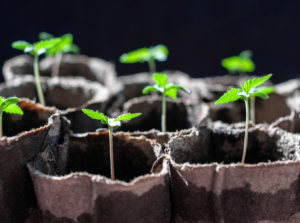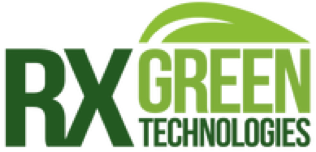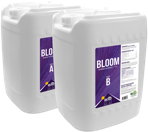Care of Seedlings
Share this Post
Successful seed germination requires optimal conditions including moisture, warmth and suitable grow media. Light is not necessary until the first leaves, or cotyledons, have emerged from the seed shell. Once seeds germinate, it is important to maintain substrate and environmental conditions for optimal seedling development.
Seeds can be started in a variety of growing mediums, including rock wool, peat moss cubes or loose potting soil mixes. If using a potting mix, be sure to use a seed starting or untreated blend to avoid any possible salt toxicity on young plants. Also, be sure to avoid using mixes that have large, chunky bark particles. This can cause the medium to dry too quickly and harm new root development. Seeds can be soaked or wrapped in a damp paper towel one day prior to planting to encourage faster germination.
Moisten growing medium of choice with filtered or distilled water, place seeds in medium, cover seeds slightly, and keep in a warm and dark area. Plain water or a light nutrient feed(200 ppm) can be used during this stage. Ideal ambient air temperatures are 75°-85°F, with 75-85% relative humidity. Soil temperatures should be 60°-70°F to encourage seed germination. If outdoor soil has not reached this temperature range, seeds should be started indoors. Ambient CO2 levels are ideal; no supplemental CO2 is required at this stage. If levels are higher, seedling development may suffer. Keep a close watch on seeds and provide low levels of light once germination occurs. As plant matures, increase the light intensity gradually. This can be provided with fluorescent T5, LED or metal halide bulbs.
 Once roots develop and the first set of true leaves has formed, the young seedlings will need nutrients. Begin or continue the light nutrient feed at 200-250 ppm. For best results, continue to use distilled or reverse osmosis water for seedlings. Tap water with a pH over 7.0 or an EC over 0.4 (200 ppm) can be problematic for nutrient availability and root development. As more leaves develop, increase feed rate up to 400 ppm as needed, using a vegetative nutrient solution to provide the necessary nitrogen and other elements required for early plant growth.
Once roots develop and the first set of true leaves has formed, the young seedlings will need nutrients. Begin or continue the light nutrient feed at 200-250 ppm. For best results, continue to use distilled or reverse osmosis water for seedlings. Tap water with a pH over 7.0 or an EC over 0.4 (200 ppm) can be problematic for nutrient availability and root development. As more leaves develop, increase feed rate up to 400 ppm as needed, using a vegetative nutrient solution to provide the necessary nitrogen and other elements required for early plant growth.

